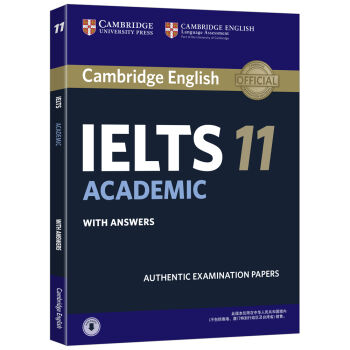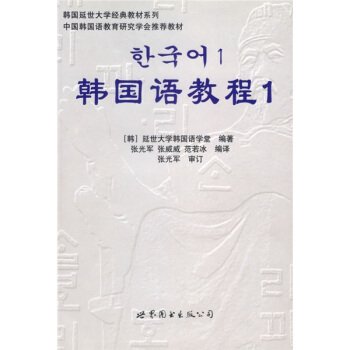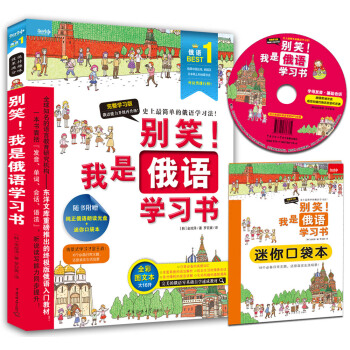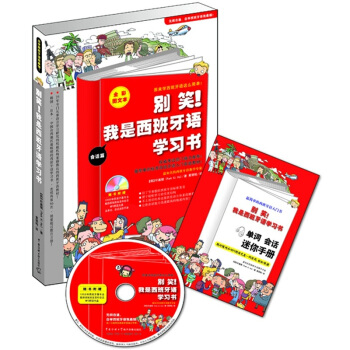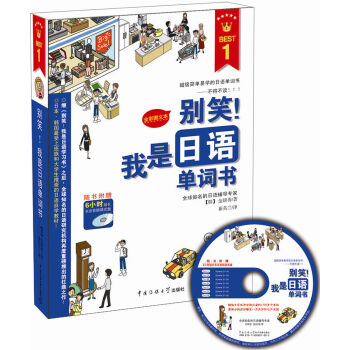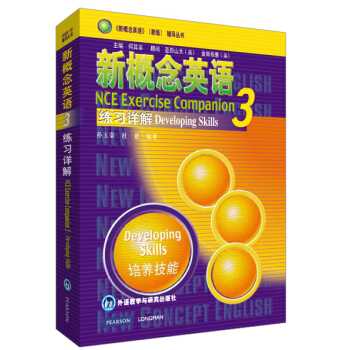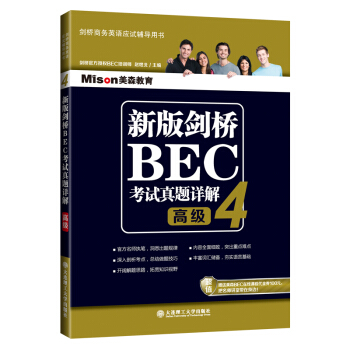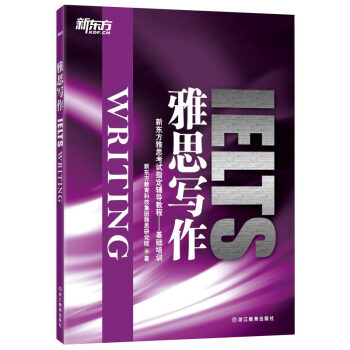

具体描述
产品特色
编辑推荐
适读人群 :准备参加雅思考试的考生以及想提高英语水平的读者《新东方雅思写作》汇集了新东方雅思培训经验的精华,新东方及国际知名雅思专家强强联手,倾力打造符合中国雅思考生学习特点的培训教材。由资深国际语言专家RodEllis亲自作序,并担任总顾问,对教材编写予以指导;新东方教育科技集团雅思研究院院长周成刚亲自审订。 《新东方雅思写作》根据雅思考试新趋势,全面覆盖雅思考试写作部分的各种题型,提供多样练习形式及技巧点拨,供考生短时高效备考。既可以作为课堂培训使用,也可以作为考生自学使用。配合剑桥雅思真题学习,效果更佳。
内容简介
《新东方雅思写作》收录了雅思写作考试涉及的核心话题,结合考试流程进行讲解,详细介绍了雅思写作考试的写作策略和技巧。《新东方雅思写作》共有20个单元,全面覆盖雅思考试写作部分的各种题型。收录雅思考试写作部分的常见话题,每个单元中还归纳了相关词汇,总结语法知识,详解答题技巧。不仅提供了多样的练习及技巧点拨,帮助考生高效备考;还提供范文,有效提高考生的写作水平。
作者简介
新东方教育科技集团雅思研究院,由众多新东方雅思名师组成,致力于雅思考试的研究工作,著有《雅思写作》、《雅思听力》、《雅思阅读》、《雅思口语》等多本畅销图书。目录
Unit 0 IntroductionUnit 1 Fast Food
Unit 2 Sport
Unit 3 Media
Unit 4 Youth Issues: Computer Use
Unit 5 Education: Study Abroad
Unit 6 Advertising
Unit 7 Education: Schools
Unit 8 Environment
Unit 9 Food
Unit 10 Censorship
Unit 11 Transport
Unit 12 Leisure Activities
Unit 13 Technology
Unit 14 Money and Finance
Unit 15 Youth Issues
Unit 16 Commodities and Manufactured Goods
Unit 17 Social Issues: Population
Unit 18 International Events
Unit 19 Technology: Communication
Unit 20 Environment: Tourism
Vocabulary Bank
Answer Key
前言/序言
Overview (概论)We hope you will enjoy using this book, and that you will learn useful language and skills to help you to pass the IELTS writing test. This book covers the following points:
Grammar—this matches to ‘Grammar’ in the IELTS marking criteria.
Useful and common grammar that you will need to successfully complete both Task 1 and Task 2 IELTS writing scripts:
For example:
The most common verb tenses and how and where to use them
Correct grammar structures for comparing, evaluating, discussing and giving opinions
Correct use of prepositions to talk about numbers, times and dates
Linking Ideas and Organising your Writing – this matches to ‘Coherence’ in the IELTS marking criteria.
For example:
Useful and common ways to link ideas in sentences and between paragraphs
Ways to avoid repeating information in your writing
Writing clear topic sentences for paragraphs
Writing clear introductions and conclusions
Vocabulary – this matches to ‘Vocabulary’ in the IELTS marking criteria.
Useful and common words for both Task 1 and Task 2 writing:
Task 1 – vocabulary for writing about trends, changes, percentages, data, etc
Task 2 – topic related vocabulary for common IELTS Task 2 topics
Content and language for common IELTS topics – this matches to ‘Task Achievement’ in IELTS Task 1 marking criteria and ‘Task Response’ in Task 2 marking criteria.
Task 1 – writing an overview of the chart, clearly describing data
Task 2 – becoming aware of the different IELTS writing types, such as comparing, evaluating or giving your opinion, and learning useful language for the different types of essay
Work hard, practise at home, enjoy your study and succeed in the IELTS writing test!
序一:
Dear Student
Welcome to this New Oriental IELTS preparation course and the Writing Book in particular.
IELTS, the International English Language Testing System, is one of the world’s most popular English language tests for entry into university or higher education where English is the language of communication. In other words, it is your academic passport!
One of the most difficult challenges you will face in Academic Writing Test is being able to respond to the Task 1 and the Task 2 questions appropriately. In this book you will be guided to produce the kind of writing that is required.
Grammar is very important. You will learn the most common verbs and how to use them as well as the correct grammatical structures for the various language functions that you will need to answer Task 1 (comparing, contrasting, etc) and Task 2 (evaluating, discussing, giving opinions, etc).
You will learn how to link your ideas together fluently and how to organise your writing into coherent paragraphs.
Specific vocabulary is targeted for Task 1 to enable you to write about data, trends and changes. In addition, typical vocabulary related to common Task 2 topics is introduced.
As you work through this book you will become aware of how to respond appropriately, accurately and relevantly to the requirements set out in the different IELTS writing tasks.
Congratulations on choosing to study IELTS with New Oriental where the teaching team will be helping you to develop confidence and the ability to communicate in English with greater fluency.
Ready? Let’s go!
Rod Ellis
第二语言教学之父
“Task Base”教学法创始人
序二:
Dear Student,
Thank you for choosing to study for the IELTS with New Oriental.
This book is the long anticipated result of a close cooperation between New Oriental and international IELTS experts to develop our own IELTS training materials. We believe it offers a different approach, with the following features:
First of all, the language used is likely what you will encounter in a real classroom or work setting while living abroad. The setting of each dialogue is also consistent with how you might encounter English as used by native speakers in their own country.
Also, under the guidance of renowned professor Rod Ellis, our partner international research team has delivered a proven methodology for ensuring the intended acquisition of needed skills for IELTS test takers in speaking, listening, reading and writing.
And most importantly, this book incorporates ten years of IELTS training experience by the very best teachers at New Oriental, and therefore has been customized to suit the needs of Chinese students.
I sincerely hope that together with these materials New Oriental teachers can make your IELTS classroom fruitful and rewarding. Enjoy your learning time with New Oriental!
周成刚
新东方教育科技集团
用户评价
这本书的特色在于它对“批改思维”的模拟,这一点是市面上很多教材所缺乏的。它不是仅仅提供范文,而是深入到了“阅卷人视角”去拆解范文的得分点和失分点。在对高分范文进行剖析时,作者常常会穿插一些小提示,比如:“如果此处使用这个动词,可以提升逻辑力度10%”或者“这个过渡句虽然流畅,但在论证强度上略有不足,建议替换为XX”。这种“幕后揭秘”的方式,让我仿佛有了一个随身的私人导师在耳边指导。特别是对于Task 2的论证部分,书中对如何构建“让步段”的策略分析得极为透彻。它清晰地指出了让步段的目的是什么,应该如何平衡让步与坚守己方论点,避免让步段喧宾夺主。我感觉,光是学会如何巧妙地处理让步和反驳,我的文章的深度和说服力就已经提升了一个档次。这种注重“如何被高分对待”的教学思路,对于那些追求稳定高分(比如7分以上)的考生来说,无疑具有极高的参考价值。
评分坦白说,我之前用过好几本不同的雅思写作参考书,但很多都陷入了一个误区,即大量堆砌“华丽但空洞”的词汇和句式,读完后感觉自己“会写”了,但一到考场上就大脑一片空白,因为那些句子脱离了实际语境,难以自然地嵌入。这本书的风格则完全不同,它真正做到了“有效表达胜过花哨堆砌”。作者在讲解高级句式时,总是会配上大量的“错误示范与正确示范”对比,这种对比教学法极其有效。它不是直接给你一个复杂的从句结构,而是先展示一个初级表达,然后逐步引导你如何用更精准、更地道的衔接词和从句结构去替换,使其更符合学术语境。尤其让我印象深刻的是它对“argumentative language”的讲解,如何既能表达强烈的立场,又不至于显得过于武断或情绪化。通过书中对一些高频话题(如教育、科技、环境)的深度解析,我发现真正的高分文章,关键在于逻辑的严密性,而这本书提供的,正是一套严密的思维工具,而非单纯的语言技巧的堆砌,这才是区分“及格”和“优秀”的关键所在。
评分对于时间管理和考前冲刺阶段的复习,这本书也提供了非常人性化的指导。它没有要求读者一遍读完就掌握所有内容,而是建议读者根据自己的薄弱项进行模块化复习。例如,它把写作素材分成了A、B、C三类主题库,并针对每个主题库提供了快速记忆的口诀和关键句型。我尤其喜欢它在书的最后附带的“临场应急模板”,但这并非那种僵硬的、一成不变的套路,而是提供了几个“万金油”式的开头和结尾的骨架,鼓励我们在保证逻辑清晰的前提下,填充自己的论据。这在考前一周,我需要快速找回写作状态时,起到了定心丸的作用。它教会我,在有限的时间内,如何最大化地保证文章的结构完整性和语言流畅度。总而言之,这本书的价值不在于提供一劳永逸的答案,而在于它提供了一套完整、可执行、并且能适应不同考生水平的“自我提升系统”。它让我从一个“害怕动笔”的应试者,转变成了一个能够“有策略地构建论点”的写作者。
评分这本书的实用性超乎我的预期,尤其是它对雅思写作中“跑题”这一大忌的规避指导,简直是教科书级别的。我过去一直苦于自己的文章论点分散,总感觉抓不住重点,但这本书里关于审题和构思段落的“三步走”或“四段式”模型,提供了一个非常坚固的逻辑脚手架。它不是简单地告诉你“要紧扣主题”,而是给出了具体的工具去检查你的每一个分论点是否都直接支撑了中心论点。举个例子,在解析一个关于全球化影响的题目时,作者详细展示了如何从一个宽泛的主题句逐步收窄到具体的例子,并清晰地标示出这个例子如何反哺了主论点,这种层层递进的解析,让我对自己文章的结构有了前所未有的掌控感。这种细节的把控,体现了编者对高分作文标准的深刻理解,绝非泛泛而谈。读完相关的章节后,我尝试着按照书中的框架去写一篇小作文(Task 1),特别是对于图表信息如何进行有效筛选和概括的技巧,之前我总觉得抓不住那些“关键趋势”,但书里教我的那些描述曲线变化和对比数据的方法论,让我第一次写出了让阅卷人眼前一亮的报告。
评分这本书的装帧设计确实很吸引人,拿到手里质感很不错,封面配色沉稳又不失活力,让人一看就知道是针对备考人群的实用工具书。我当时在书店里一眼就被它吸引住了,主要是被封面上那种“直击痛点”的排版风格所吸引。翻开内页,排版布局也相当清晰,重点内容用不同颜色或加粗的方式标注了出来,这对于需要快速定位信息、提高阅读效率的考生来说简直是福音。比如,在讲解不同题型(Issue/Argument)的结构框架时,作者用了大量的图示和流程图,把原本抽象的写作逻辑具象化了,我感觉自己一下子就抓住了核心骨架。而且,它不像有些教辅那样堆砌晦涩的理论,而是非常注重实操性。它对于逻辑连接词和高级词汇的讲解,都是直接嵌入到范文解析中的,而不是孤零零地罗列在一个章节里,这种“学以致用”的编排方式,极大地降低了我们应用新知识的门槛。可以说,从拿到书的那一刻起,它给我的第一印象就是:这是一本经过精心打磨、注重用户体验的备考利器,准备充分地服务于考生的实际需求。
评分准备出国考试,买本雅思考试学习一下,质量不错
评分全英文, 包装正规
评分尔曹身与名俱灭 不废江河万古流
评分不错,是正品!活动期间买很划算!
评分雅思9分是怎样炼成的?体验美国课堂,不必远渡重洋!赶紧从小学就开始读起吧(?ω?)hiahiahia (?ω?)hiahiahia
评分很不错!质量很好的,用一段时间再看看,,,,
评分最近自己学习英语买了不少词典和书了,东西不错 包装也好
评分给儿子买的,我自己是看不懂的,但儿子自己选的书应该还不错!希望对他有帮助!
评分质量非常好,与描述一致,大品牌值得信赖,物流送货速度也很快就跟在超市买东西一样快速便捷!
相关图书
本站所有内容均为互联网搜索引擎提供的公开搜索信息,本站不存储任何数据与内容,任何内容与数据均与本站无关,如有需要请联系相关搜索引擎包括但不限于百度,google,bing,sogou 等
© 2025 book.idnshop.cc All Rights Reserved. 静思书屋 版权所有

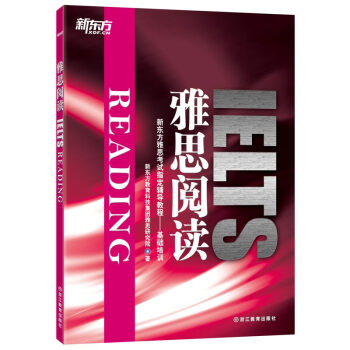

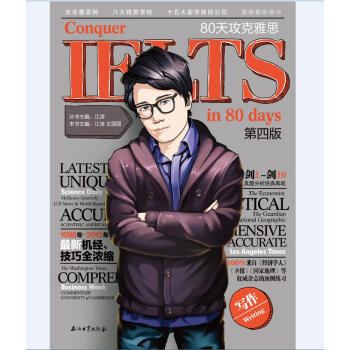

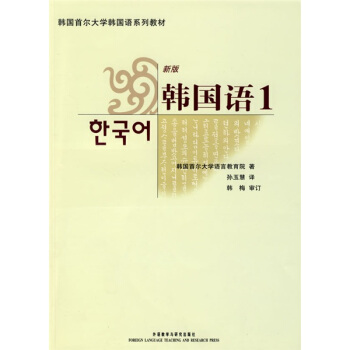

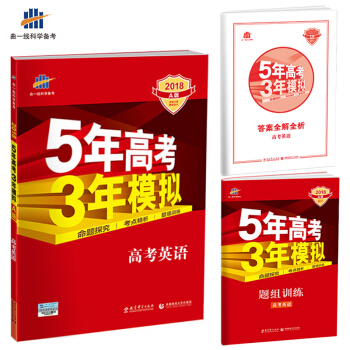
![80天攻克雅思(阅读 第四版) [Ielts In 80 Days: Reading] pdf epub mobi 电子书 下载](https://pic.tinynews.org/12013570/57b44265Nfecdecde.jpg)
![学生实用高中英语语法指南与实践(第8版) [With Exercises for Senior Middle School Students] pdf epub mobi 电子书 下载](https://pic.tinynews.org/11479043/53a6327fNbc46145f.jpg)

